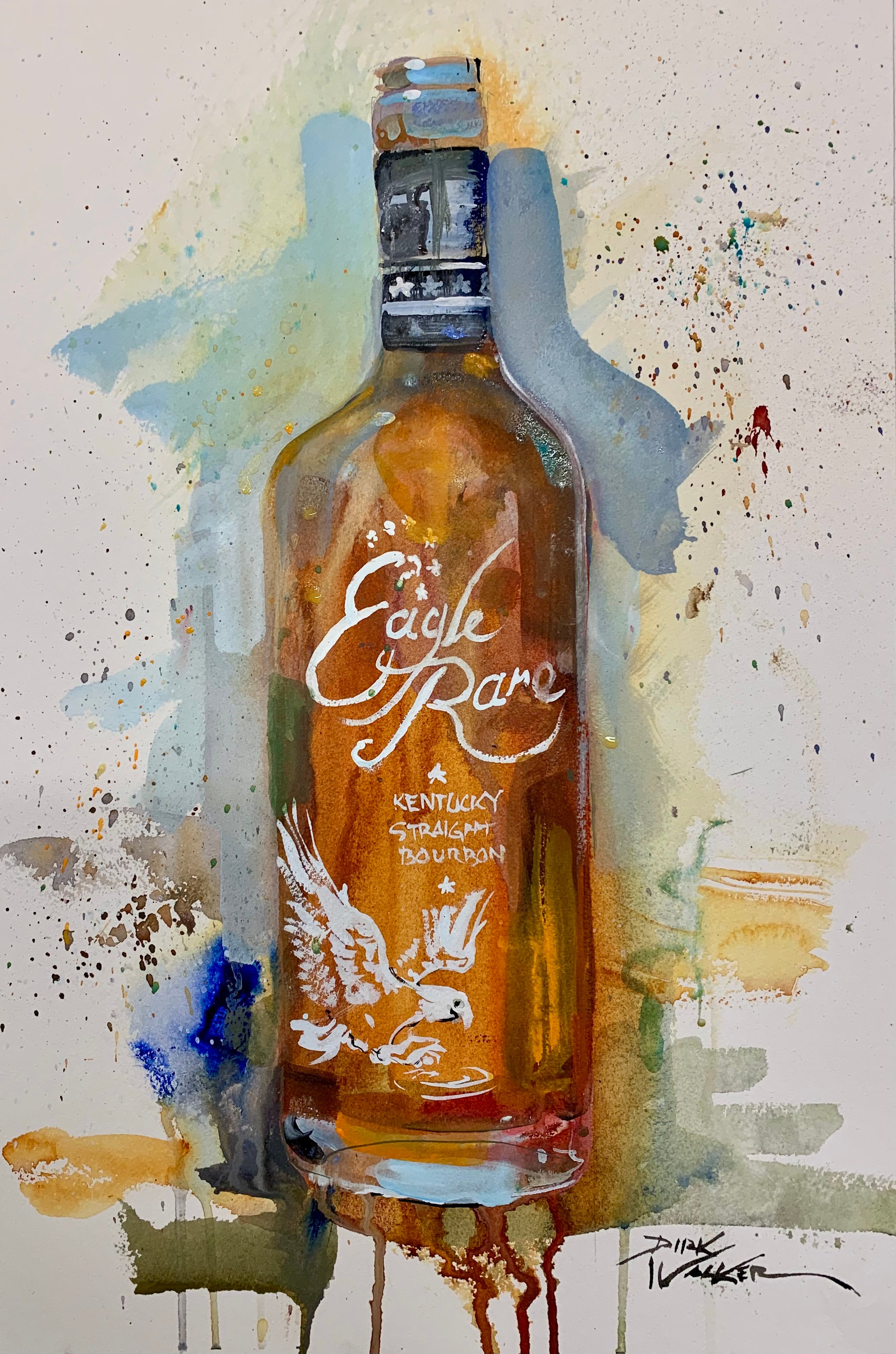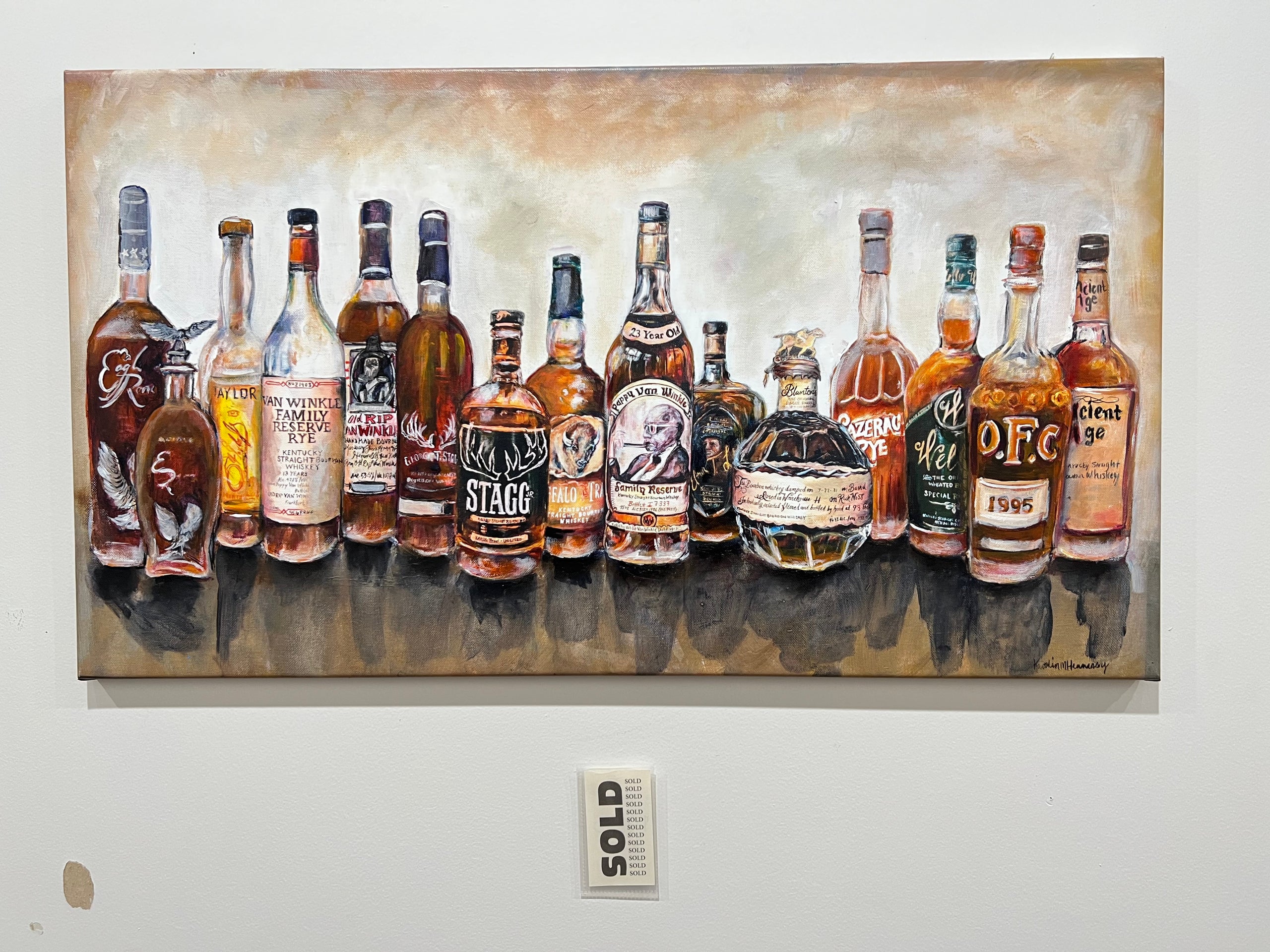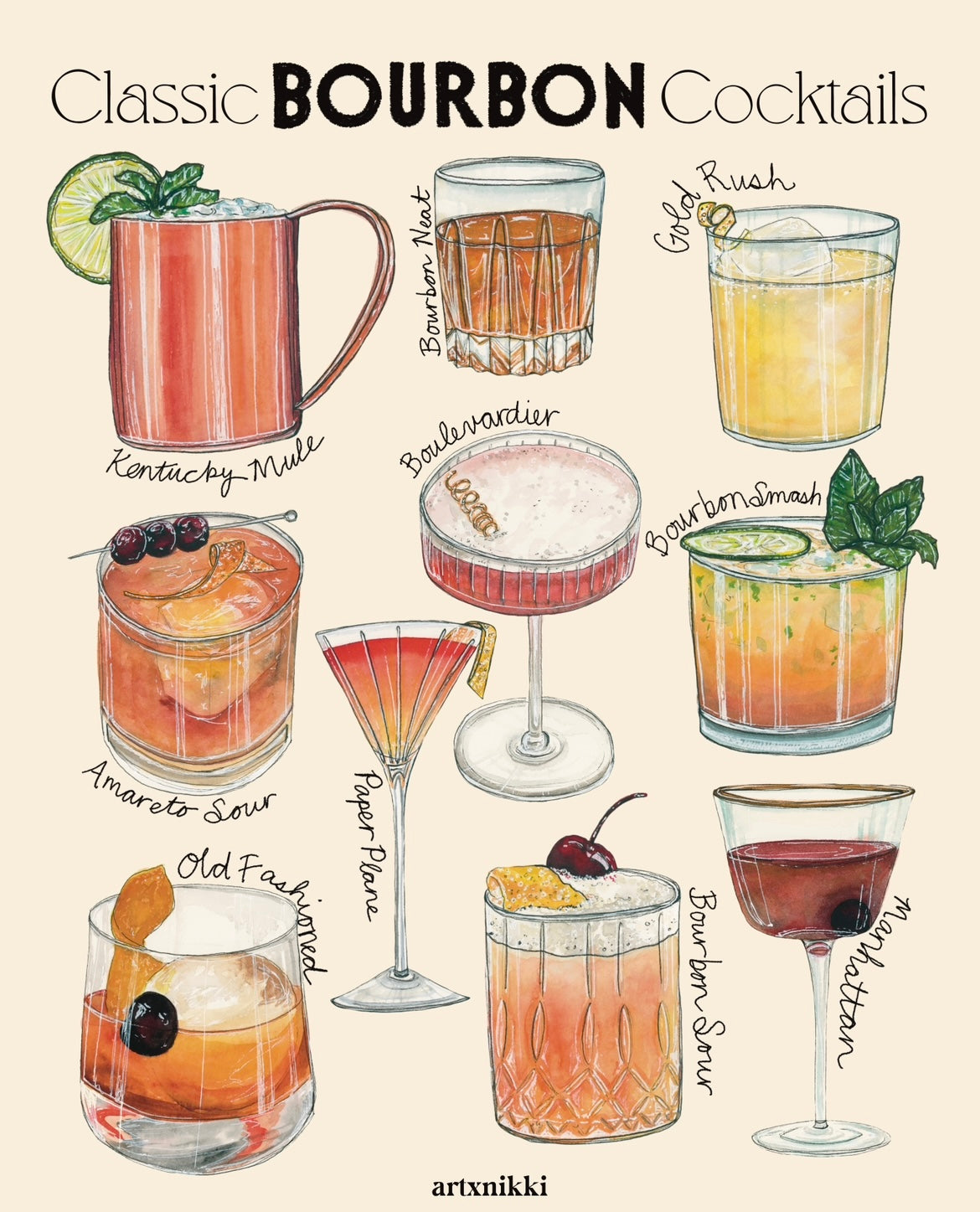Revealing the Appeal of Bourbon Art: A Tribute to Craft Distillers
Capturing the Significance of Bourbon Art With Special Visual Representations and Styles
The art of whiskey prolongs past the fluid itself, showing up via a range of visual depictions that envelop its storied heritage and workmanship. What continues to be to be discovered is how these advancing styles mirror not only the bourbon itself however also the altering landscape of artistic interpretation. Limited Edition.
The Background of Bourbon Art

As bourbon production spread, so also did the wish to raise its experience through art. From the intricate engravings on very early barrels to the sophisticated labels of modern containers, each element shows a special artistic vision, functioning as a visual story of the scotch's heritage.
In the 19th and 18th centuries, the increase of the commercial change even more enhanced scotch art, bring about ingenious packaging and advertising and marketing that recorded customer attention. Designers and musicians started experimenting with aesthetics, imbuing whiskey-related imagery with symbolic definitions that conveyed notions of workmanship, tradition, and area.
Today, bourbon art continues to advance, mixing standard techniques with contemporary art forms. Realism Art. This continuous dialogue between the spirit and its graph highlights the long-lasting bond between scotch and culture, enriching the overall experience for lovers worldwide
Iconic Bottle Styles
While numerous variables add to the appeal of scotch, famous container layouts play a pivotal function in shaping customer assumption and enhancing the overall experience. The aesthetic presentation of bourbon containers is not simply an aesthetic factor to consider; it functions as a bridge in between the customer and the item, evoking emotions and establishing expectations.
Unique forms, products, and closures can raise a scotch brand name's identity, making it instantaneously identifiable on congested shelves. As an example, the timeless Glenfiddich container, with its classy conical silhouette, conveys a sense of custom and craftsmanship, while the strong, contemporary design of the Balvenie bottle reflects innovation and elegance. In addition, using tinted glass or unique appearances can recommend the high quality and personality of the bourbon within.
Iconic layouts frequently integrate aspects of social heritage, representing the brand name's history and link to its origins. Brands like Jack Daniel's utilize a simple, durable design that resonates with its American scotch heritage. Eventually, the influence of container layout extends past simple capability; it envelops the significance of the brand name, inviting customers to delight and check out in the abundant tapestry of whiskey culture.
Label Art Work and Branding
Bottle styles often set the phase of what customers can expect, but label artwork and branding play a just as significant function in connecting a bourbon's identity. The tag acts as the very first point of contact in between the product and the consumer, enveloping the essence of the bourbon within its visual elements.
Reliable label art work integrates images, typography, and shade to produce a narrative that reverberates with the brand's heritage and target market. As an example, a label featuring vintage typefaces and complex illustrations might evoke a feeling of practice and craftsmanship, appealing to aficionados. On the other hand, vibrant shades and modern Whiskey Art design aspects could Home Page attract a more youthful market looking for development and excitement.


Photography and Visual Narration
Catching the significance of bourbon via photography and visual narration is an art form that boosts the brand experience. This medium transcends simple product depiction, diving right into the intricate stories that border each container. By utilizing compelling imagery, professional photographers can stimulate feelings that reverberate with customers, eventually building a much deeper connection to the whiskey brand name.
Aesthetic narration in whiskey photography commonly utilizes rich textures, illumination, and structure to highlight the distinct attributes of the spirit. The interplay of light and shadow can accentuate the brownish-yellow tones of scotch, while the choice of background components-- such as rustic barrels or stylish glass wares-- can enhance the brand's heritage or way of life associations.
Moreover, catching the ritualistic elements of whiskey intake, from the pouring to the tasting, welcomes visitors into a sensory experience, enabling them to envision the flavors and scents that await. Each photo not only showcases the product however also narrates of workmanship, custom, and the moments that bourbon can improve - Bourbon Art. Thus, photography becomes an effective tool in articulating the identification of scotch brands, positioning them within the more comprehensive cultural landscape
Emerging Fads in Whiskey Art
The development of whiskey art is progressively formed by modern fads that reflect wider social changes and consumer preferences. One prominent pattern is the assimilation of sustainability into art techniques. Artists are now making use of environmentally friendly procedures and recycled materials to create whiskey-themed items, reverberating with eco aware consumers. This change not just highlights the value of sustainability yet likewise improves the story surrounding bourbon production.
In addition, digital art has risen in popularity, enabling ingenious depictions of whiskey. Musicians are leveraging innovation to craft immersive experiences, such as enhanced reality setups that involve customers and provide a deeper understanding of bourbon's social relevance. This fad also encompasses social media systems, where visually striking web content amasses attention and cultivates neighborhood amongst lovers.
In addition, cooperations in between bourbon brand names and musicians are becoming more typical. These partnerships generate limited-edition product packaging layouts and unique art work that commemorate both the workmanship of bourbon and the creative thinking of artists. As whiskey art remains to evolve, these arising fads will undoubtedly form its future, cultivating a vibrant crossway of culture, sustainability, and innovation within the scotch community.
Final Thought
Finally, the art of bourbon encompasses a varied array of visual representations that mirror its abundant heritage and workmanship. From famous container layouts and complex label art work to compelling photography, each component adds to a wider narrative that boosts the consumer's experience. As arising helpful hints patterns, such as electronic art and sustainability, continue to shape this artistic landscape, the multifaceted identity of scotch stays a sustaining source of social connection and expedition.

In final thought, the art of scotch includes a diverse variety of visual representations that show its rich heritage and craftsmanship.